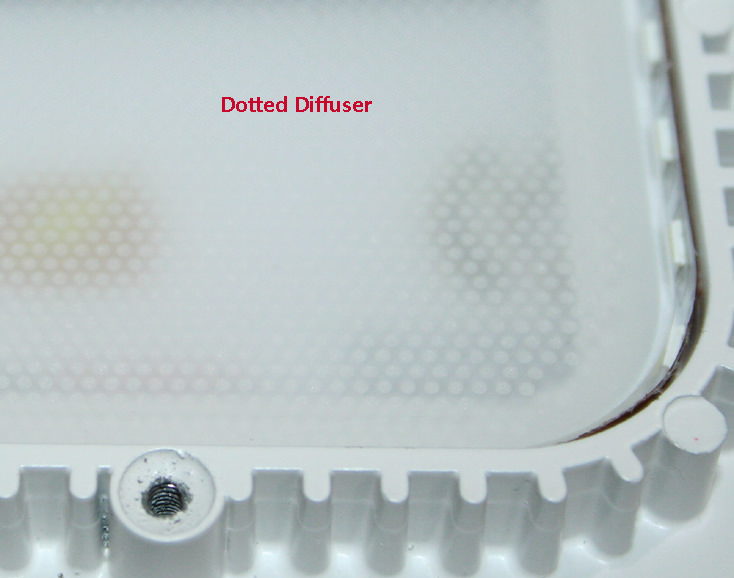

If you’re going to install LED lighting in different locations, measure each spot so you are able to cut the lighting to size later. Take a rough estimate of how much LED lighting you’re going to need. However, you can save a lot of money by making your own frames out of PVC.Measure how long the strip needs to be and purchase your lights. They are usually made from light-weight aluminum and are relatively inexpensive, compared to softboxes. Many companies make and sell light panels.

I hope this article has given you a little more insight on how versatile and economic light panels can be. If it is windy, throw some sandbags on the bottom of each panel to weigh them down, for good measure. Have you ever been out on a remote location where you have needed a changing area for your model? You can easily create a makeshift changing room by attaching three or four panels together using connector clips, then covering them with black fabric. If these same images were lit using a softbox, the reflection would be an even tone, with no gradation or falloff. Take note on how it adds contrast, depth and interest to the scene. This is the kind of reflection you will typically get when placing a light behind a light panel. Notice the gradated reflections in the two images below. When lighting reflective objects, this evenness can sometimes be a bad thing. Even with the inner baffle removed, the reflective interior creates a fairly even spread of light. Softboxes are made to distribute the light evenly over the face of the outer diffusion panel. Better reflections for your product photography For instance, at the time of this writing a 20×24” sheet of Rosco CTO gel cost roughly $7.50, as opposed to a 20”x25’ roll, which cost around $94. By shooting through a diffusion panel, you are able to attach a small square of gel to your strobes reflector, allowing you to purchase your gel in small sheets instead of giant rolls. Have you ever tried to gel a softbox? It can be a tremendous waste of gel. Now, all you will need is a good air conditioner to manage the heat! #8. Stick multiple lights behind a panel fitted with diffusion fabric, or bounce them off a piece of white fabric to create a soft, bright, single source that can be used for photography or video. If you are just starting out and you want to try your hand at lighting with inexpensive Home Depot shop lights, then light panels are the best way to soften them. With light panels, no matter the type of light source, all you have to do is place your light behind the panel and start shooting. Want to add a softbox to your speedlights? Well, you are going to need another type of speed ring adapter for that, too. It can be a one-time cost, but if you ever change brands of lights you are most likely going to need a whole new set.

After shelling out serious cash for a new softbox, the last thing you want to do is buy an adapter so you can actually use it. I oftentimes shoot through a diffused panel, then reflect some of the stray light back into the shadow side of the subject, using a second panel fitted with a white reflective material (as seen in the figures below).

One of the coolest things you can do with light panels is harness the stray light from your strobe, to create multiple sources from one light. It makes a beautiful fill for both indoors and out. I also like to use opaque white fabric to reflect and bounce light. I love to add black material to my panels and use them as flags to shape the light. While softboxes can be sort of a one-trick pony, light panels can easily be turned into flags (to block light) or reflectors, just by changing out the fabric. Different fabrics = different light modifiers This is a great technique if you want to create a tall, thin stripbox effect, or if you only need to use a portion of the panel. Easily change the shape of the lightīy clamping pieces of black fabric over a panel fitted with diffusion material, you can create light sources of different shapes. Since the panel and light are separated, the panel becomes the source of illumination and can remain in the same stationary position, in relation to the subject, throughout the entirety of the shoot. Moving the light closer or further from a panel fitted with diffusion fabric can quickly create a different size softbox effect (closer to the panel = smaller light/harder quality versus further from the panel = larger light/softer quality). Quickly change the size/quality of the light


 0 kommentar(er)
0 kommentar(er)
